When Jay Gibson opened his iPhone earlier this year, the last thing he expected was Apple's warning that his device had been targeted by sophisticated government spyware. The twist is not just the advanced attack. It is that Gibson is a veteran iOS exploit developer who once built surveillance tools for a private contractor, Trenchant, developing offensive capabilities for Western governments.
This may be the first documented case of someone who builds exploits and spyware being hit with spyware themselves, industry analysis suggests. From an industry vantage point, it signals a market that has matured to the point where knowledge workers are high-value intelligence targets. The circle of victims is widening beyond journalists and activists, and anyone with intimate knowledge of offensive security operations can end up in the crosshairs. If builders are targets, who is safe?
When the hunter becomes the hunted
Gibson's story shows how the mercenary spyware industry has grown more complex and more dangerous than many security professionals expected. Earlier this year, his iPhone displayed Apple's rare threat notification: "Apple detected a targeted mercenary spyware attack against your iPhone," as documented by security teams. Not a spray and pray attack. A calculated move against someone with deep iOS exploitation chops.
The targeting appears strategically connected to Gibson's departure from Trenchant, where he claims he became a scapegoat for a damaging leak of internal Chrome zero-day tools. The bitter irony? He did not even have access to those Chrome tools since his team exclusively developed iOS zero days and spyware, his account reveals. Two days after Gibson was fired and offered a settlement, he received Apple's threat notification, a timing that suggests targeted intelligence gathering rather than random surveillance.
What is particularly alarming is that Apple has sent similar notices to other exploit and spyware developers in recent months, according to reports. The pattern points to a strategic shift. Operators are not only silencing critics or monitoring dissidents, they are going after the technical talent that makes these systems possible. Think industry consolidation where knowledge is the commodity, and those who hold it turn into threats to be neutralized.
Apple's comprehensive defense evolution
Apple's response to these evolving threats shows how a tech giant adapts its security playbook when facing nation-state-level adversaries. The company does not send threat notifications lightly; they go out when targets appear to have been singled out by especially well-resourced adversaries, security documentation shows. Since 2021, Apple has sent similar notifications multiple times per year as attacks are detected, reaching users across more than 150 countries to date, the company reports.
The shift from "state-sponsored" to "mercenary spyware" in Apple's terminology reflects a deeper understanding of how the market operates. Private vendors create and sell turnkey surveillance kits to government customers, as security experts note. Not just semantics, it acknowledges that the threat landscape includes sophisticated private actors with resources rivaling traditional state capabilities.
Apple's technical countermeasures stack into a multi-layer defense designed to disrupt the entire attack chain. Optional Lockdown Mode is the most aggressive consumer-facing protection, a high-friction environment that makes exploit deployment far harder, according to Apple's security updates. Meanwhile, Memory Integrity Enforcement, built into newer iPhone models, is a fundamental architectural shift that combines chip-level protections with software defenses to address the memory safety vulnerabilities that spyware makers frequently exploit, as detailed in their security roadmap.
The economics driving the targeting
Money explains a lot. Public exploit middlemen and private purchasers are paying seven-figure sums for reliable iOS remote attack chains, creating enormous incentives for vulnerability discovery. We are talking millions for a single working exploit chain that can reliably compromise the latest iOS versions.
That price tag creates a perverse incentive structure that extends far beyond traditional vulnerability research. When companies are paying nation-state budgets for technical capabilities, anyone with intimate knowledge of how these systems work becomes an asset or a liability. Gibson's case suggests that mercenary spyware operators are now treating security professionals as strategic targets for intelligence gathering, forced recruitment, or elimination as competitive threats to ongoing operations.
Targeting economics further shows the shift from opportunistic exploitation to systematic intelligence operations. Unpatched, in the wild, vulnerabilities serve as the foundation for mercenary spyware operations, with these flaws being essential to the business model. If single vulnerabilities are worth millions and individual developers hold knowledge that could compromise or enhance these operations, the calculus for targeting changes fast. That is why we are seeing security professionals become high-priority intelligence targets rather than just potential business partners.
What this means for the security industry
Gibson's experience forces a hard look at working in offensive security in 2025. Apple has already addressed several zero-day vulnerabilities exploited in the wild this year alone, including critical flaws in the ImageIO framework that could allow attackers to compromise devices through maliciously crafted images, recent security updates show. These are active campaigns with real victims, not hypotheticals.
For security professionals, the implications go beyond personal security concerns. Gibson's case demonstrates that expertise in offensive security operations has itself become a strategic commodity worth pursuing through surveillance and potential coercion. The result is a chilling effect, where legitimate researchers or defensive consultants may need to consider operational security measures traditionally reserved for high-profile activists or journalists.
The broader industry must also grapple with how the mercenary spyware market's evolution affects talent recruitment and retention. When working in offensive security research carries the risk of becoming a target yourself, companies in this space face new challenges in attracting and protecting skilled developers. The line between defenders and attackers is not just blurred; it has become a dangerous place to stand, as security researchers recommend enhanced security practices for anyone in high-risk positions.
The new paradigm of digital surveillance
Gibson's targeting represents a shift in how mercenary spyware operations approach strategic intelligence gathering. The fact that Apple continues discovering and patching actively exploited zero-day vulnerabilities, with this year's tally reaching six critical flaws, shows that these attacks are part of an escalating arms race rather than isolated incidents, as vulnerability tracking data confirms.
This case reveals an industry that now systematically targets technical knowledge workers as strategic assets. Rather than simply selling tools to government customers, these operations appear to be pursuing comprehensive intelligence about the security professionals who understand their capabilities and limitations. That looks like a maturation from vendor customer relationships to complex intelligence operations with multiple objectives.
As Apple continues strengthening its defenses through Memory Integrity Enforcement, expanded threat notifications, and hardware-level protections, the security community benefits from increasingly robust defensive measures, the company's security roadmap indicates. However, Gibson's experience is a reminder that individual security professionals need to recognize their own value as intelligence targets and adjust personal security practices accordingly. In an ecosystem where even exploit developers are not safe from the tools they help create, understanding these new threat dynamics has become essential for anyone working at the intersection of security research and national security capabilities.




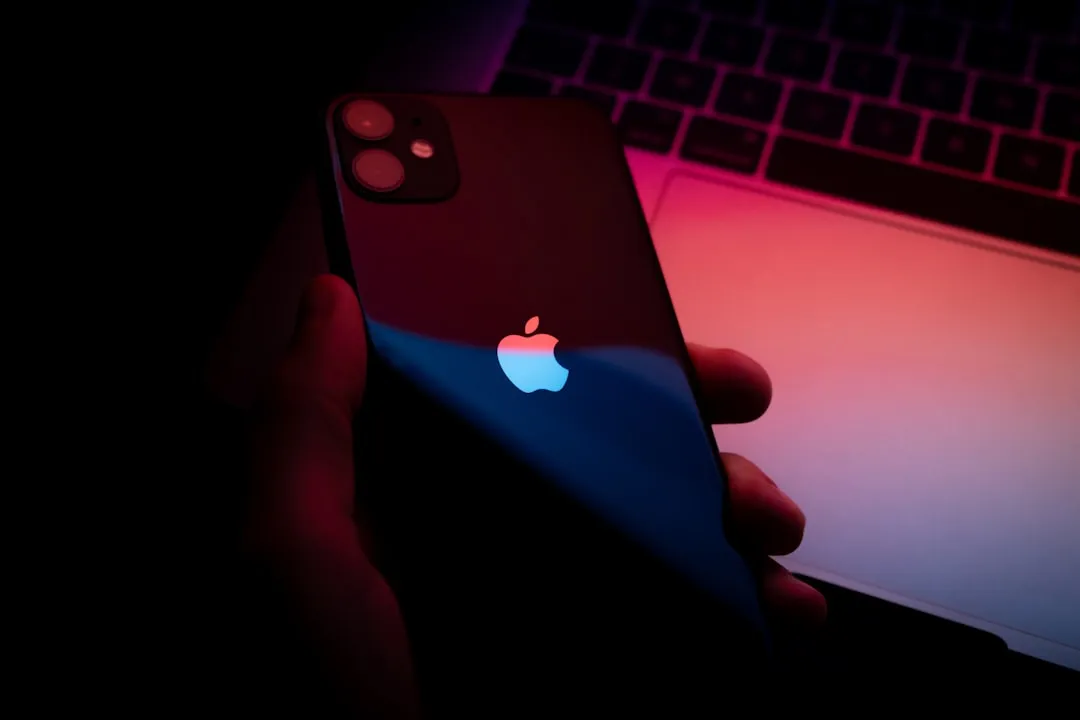


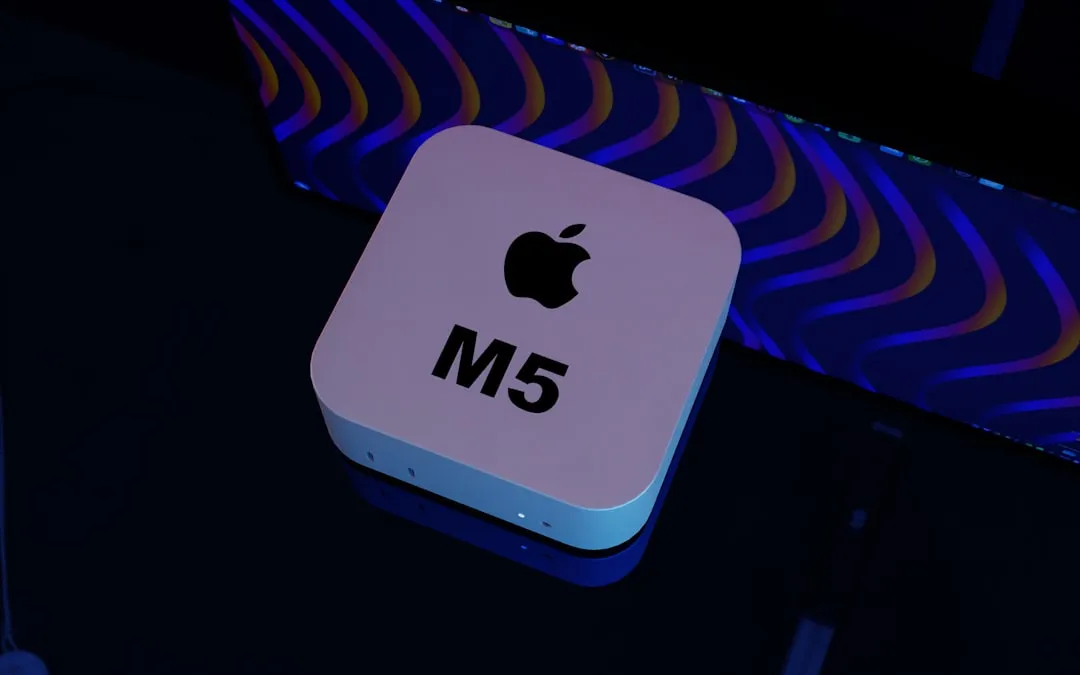


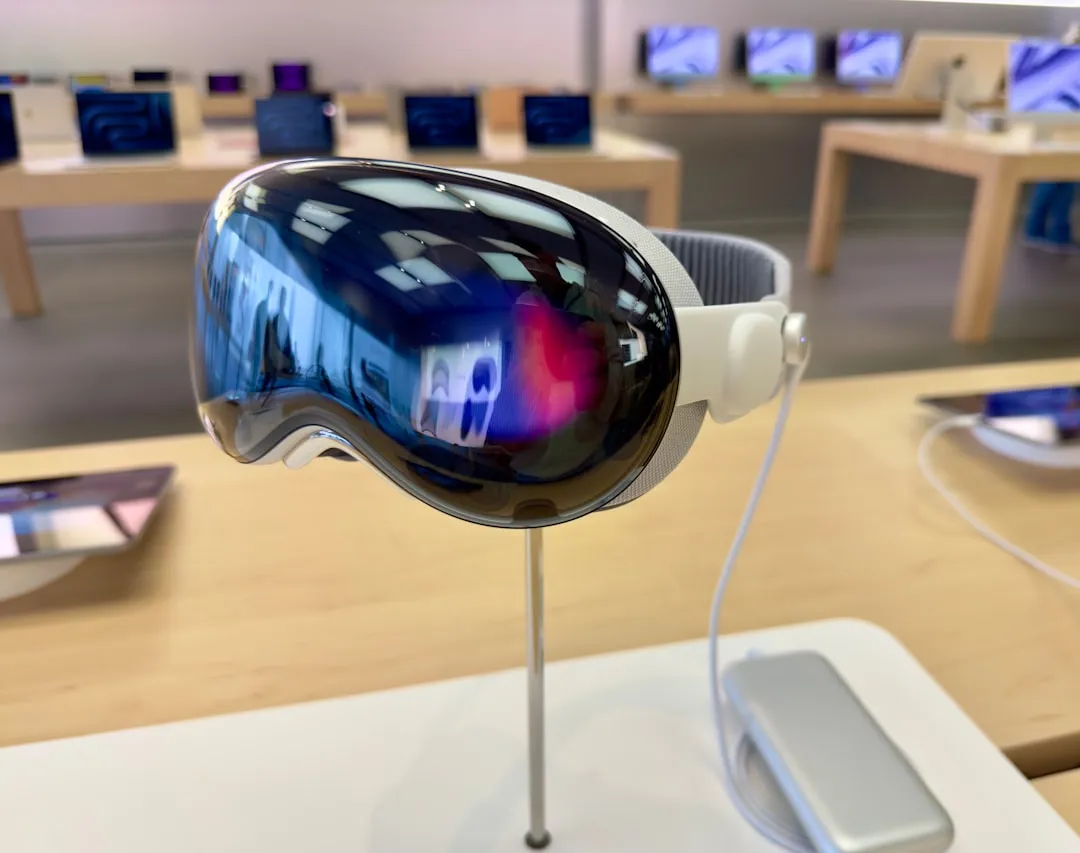
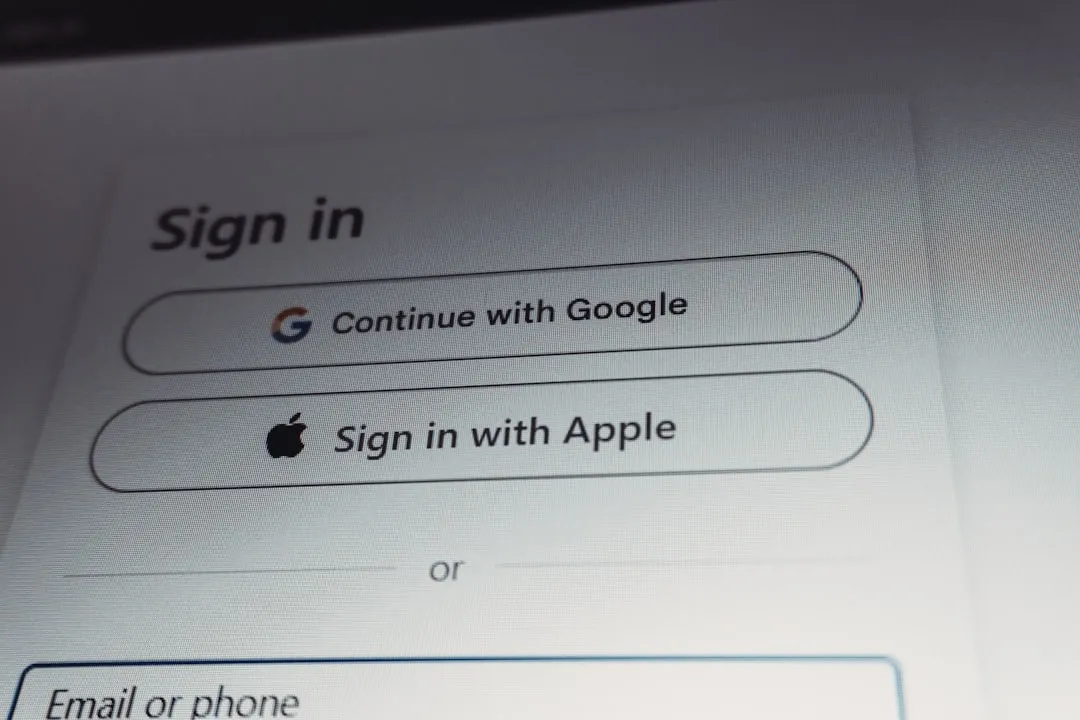





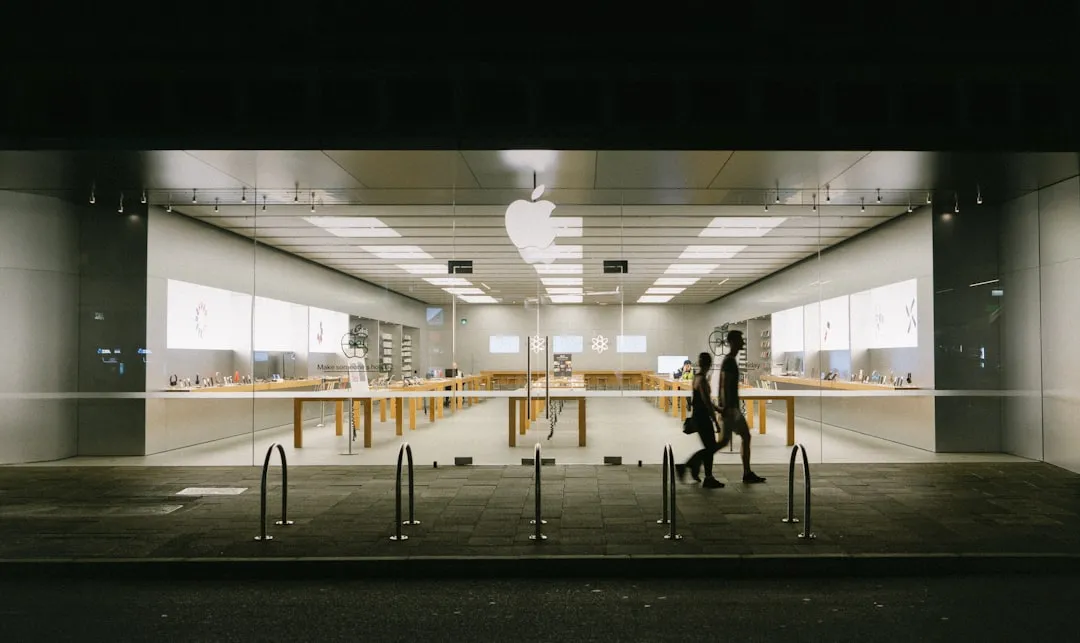
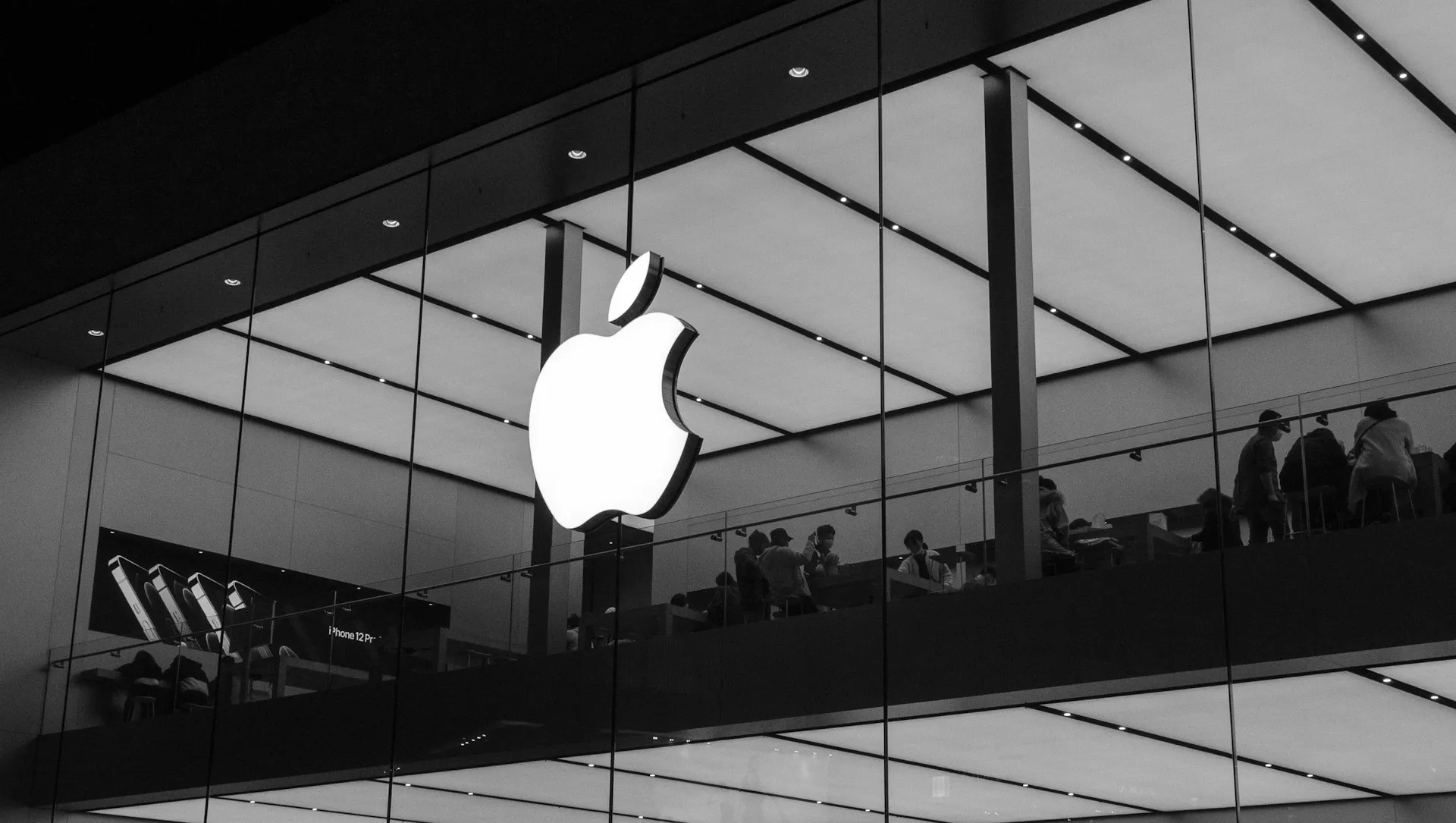



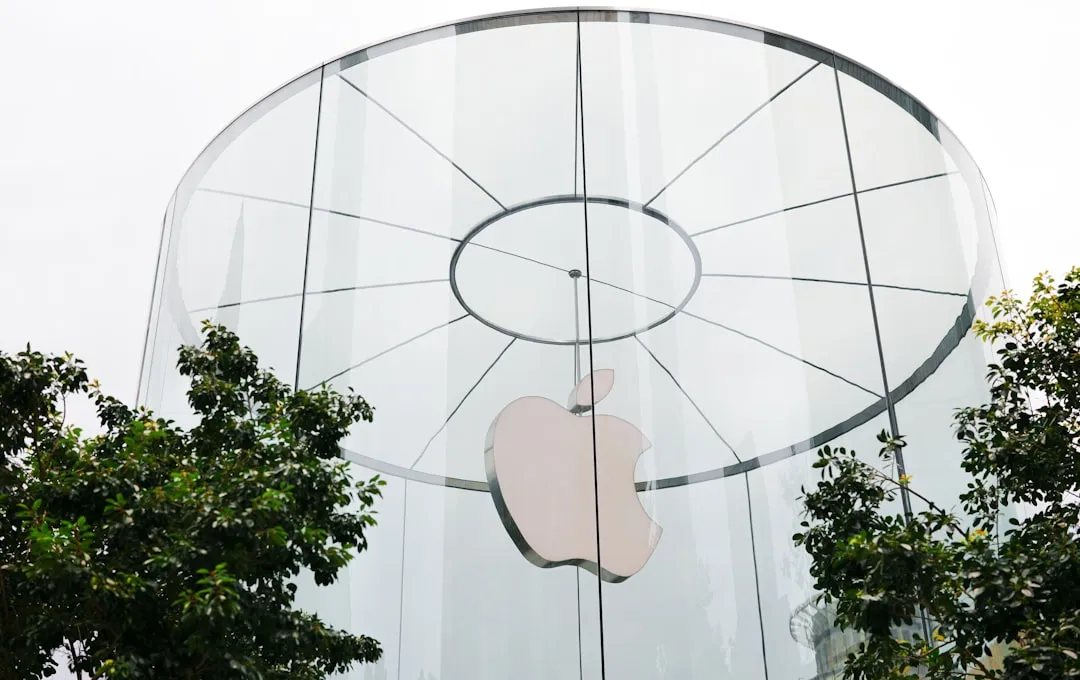


Comments
Be the first, drop a comment!